How To Uninstall Exp.CVE-2019-0752
More error whic Exp.CVE-2019-0752 causes 0x0000003C, 0x80242001 WU_E_UH_LOCALONLY A request for a remote update handler could not be completed because the handler is local only., 0x80244026 WU_E_PT_REGISTRATION_NOT_SUPPORTED Operation failed because Windows Update Agent does not support registration with a non-WSUS server., 0x00000053, 0xf0806CBS_E_PENDING the operation could not be complete due to locked resources, 0x0000005C, 0x8024401F WU_E_PT_HTTP_STATUS_SERVER_ERROR Same as HTTP status 500 - an error internal to the server prevented fulfilling the request., 0x0000005E, 0x0000001B, 0x8024D00D WU_E_SETUP_ALREADYRUNNING Windows Update Agent setup is already running., 0x80242004 WU_E_UH_DOESNOTSUPPORTACTION A request for the handler to install (uninstall) an update could not be completed because the update does not support install (uninstall)., 0x8024D012 WU_E_SELFUPDATE_REQUIRED_ADMIN Windows Update Agent must be updated before search can continue. An administrator is required to perform the operation., 0x000000C4, 0xf080D CBS_E_MANIFEST_INVALID_ITEM invalid attribute or element name encounteredMethod 1 : Start Your Operating System in Safe Mode With Networking
Method 2 : Removing Exp.CVE-2019-0752 From Control Panel
Method 3 : Stop Related Process To Exp.CVE-2019-0752 From Task Manager
Method 4 : Delete Exp.CVE-2019-0752 From Registry Editor
Method 5 : Delete unwanted extensions, add-ons, plug-ins from Chrome
Method 1 : Start Your Operating System in Safe Mode With Networking
For Windows XP/Vista/7
- Go to the start menu > choose Restart option.
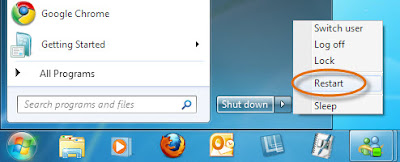
- Start pressing the F8 key once your Operating System become active.

- It will open the Advanced boot options on screen.

- Select Safe mode with networking > press Enter key.

For Windows 8/10
- From your screen, press power button and click Restart.

- From choose an option Window, select Troubleshoot option.

- Then click on the 'Advanced option.

- After that select Start-up setting option.

- Select Enable safe mode > press the Restart button.

- In order to enable Safe Mode With Networking, Press F5 key.

Method 2 : Removing Exp.CVE-2019-0752 From Control Panel
Delete Exp.CVE-2019-0752 From Windows 7/Vista
- Open the start menu and then select Control panel.
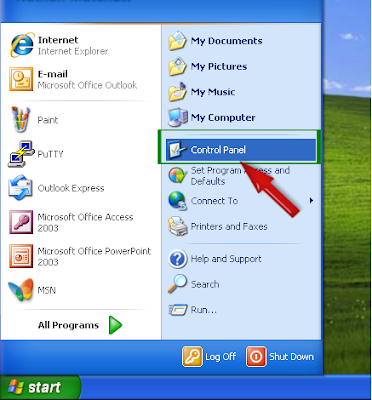
- From the Programs group, select remove a program option.

- Select Exp.CVE-2019-0752 related program > select uninstall/Change.
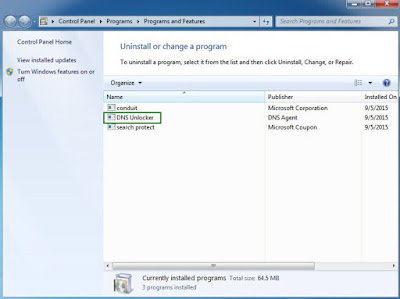
Delete Exp.CVE-2019-0752 From Windows 8
- Press the Win + R buttons at once to open the Run Box.

- In the Run box type Control panel and press Enter key.

- Click remove a program option under the Programs group.
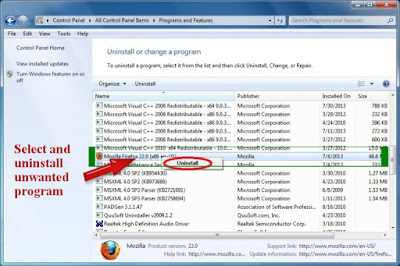
- From installed program select Exp.CVE-2019-0752 > click remove option.

Delete Exp.CVE-2019-0752 From Windows 10
- First click on Start button and select Setting option.

- From the settings menu, select the Operating System option.

- Now select 'Apps & features' option from the left panel.

- Select keyword} related program and Delete them.

Method 3 : Stop Related Process To Exp.CVE-2019-0752 From Task Manager
- Press the ALT+Ctrl+Del buttons at once.

- Then select the Task manager option from the opened list.
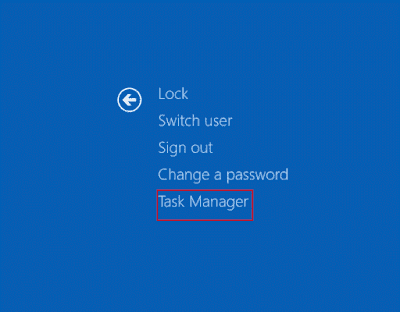
- Select malicious or Exp.CVE-2019-0752 related process.

- Finally click on the End Task button.
Method 4 : Delete Exp.CVE-2019-0752 From Registry Editor
- Press Win + R button together .

- It will open the Run window on screen.
- Type regedit > click on OK button.

- Search for Exp.CVE-2019-0752 related registry and remove them.
HKEY_LOCAL_MACHINESYSTEMCurrentControlSetServicesWpm
HKEY_CURRENT_USERSoftwareMicrosoftInternet ExplorerMain ‘Default_Page_URL’
HKEY_LOCAL_MachineSoftwareClassesWin32.TrojanDropper.Vidro
HKEY_CURRENT_USERSoftwareMicrosoftWindowsCurrentVersionRun ‘.exe’
HKCUSoftwareMicrosoftWindowsCurrentVersionInternet Settingsrandom
HKEY_LOCAL_MACHINESOFTWAREMicrosoftWindowsCurrentVersionrunrandom
HKEY_CURRENT_USERSoftwareMicrosoftWindowsCurrentVersionInternet Settings ‘CertificateRevocation’ = ’0
Method 5 : Delete unwanted extensions, add-ons, plug-ins from Chrome
Delete Exp.CVE-2019-0752 From Internet Explorer
- First start the Internet explorer browser.
- Click on the Gear icon from right-top corner.
- Click on 'Manage add-ons' > select Tool-bars and Extensions tab.
- Search for Exp.CVE-2019-0752 related add-ons > click on 'Disable'
- If add-on can't be deleted then click on remove and click Close.
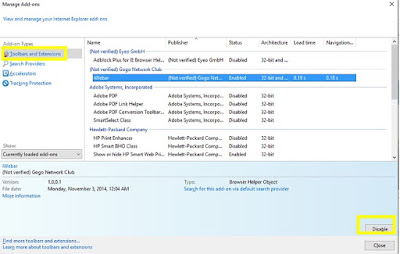
Delete Exp.CVE-2019-0752 From Mozilla Firefox
- Start Mozilla Firefox browser and go to menu
- You will get Add-ons Manager tab on your screen.
- In the add-on manager tab, select Extension or Add-on panel
- Select Exp.CVE-2019-0752 related add-on > click on remove button
- If the pop-up appear, click on Restart now option.

Delete Exp.CVE-2019-0752 From Google chrome
- Start the Google Chrome browser and click on menu button.
- Then click on the More tools and Extensions option
- Find out suspicious extension related to Exp.CVE-2019-0752
- Finally click on 'Recycle Bin' to Delete unwanted extension.

Delete Exp.CVE-2019-0752 From Microsoft Edge
Because there is no extension in the Microsoft Edge, hence you need to reset the browser settings to Delete Exp.CVE-2019-0752.
- Open Microsoft Edge on your Operating System.
- Go to right top corner > tap on More (…) icon > go to Settings.
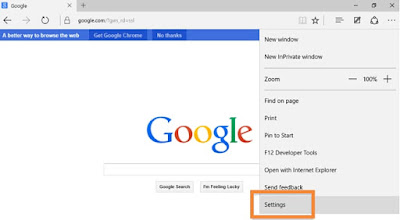
- Now select A specific page or pages from the Open option.
- Select Custom option > enter URL of your desired homepage.
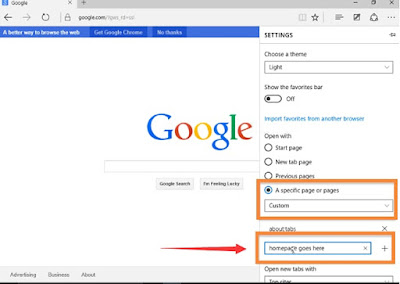

No comments:
Post a Comment